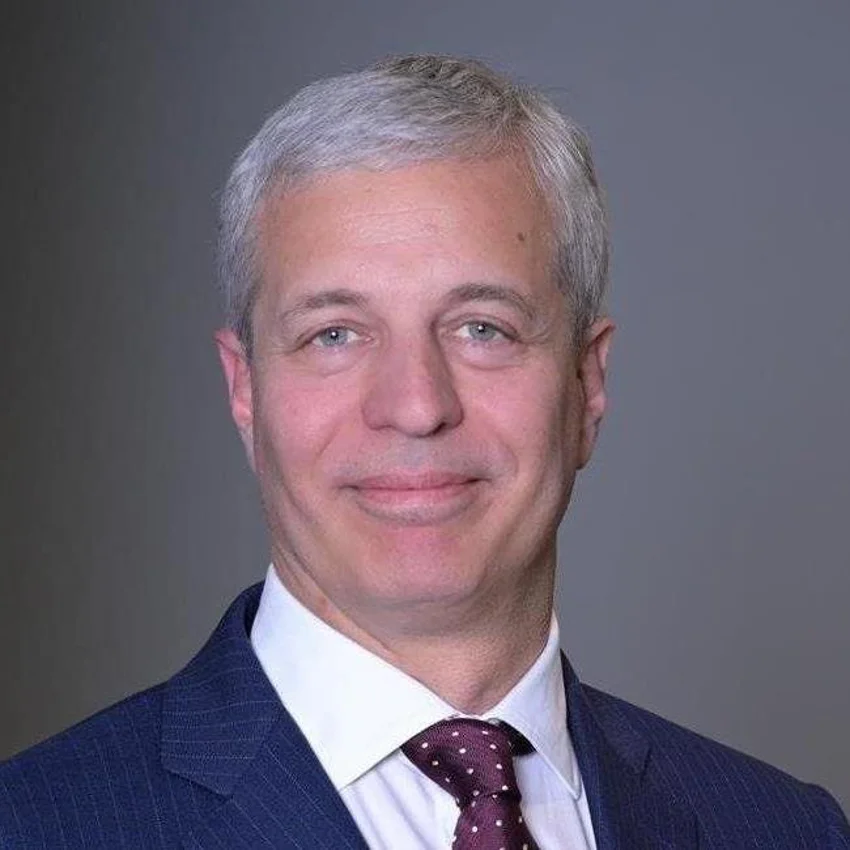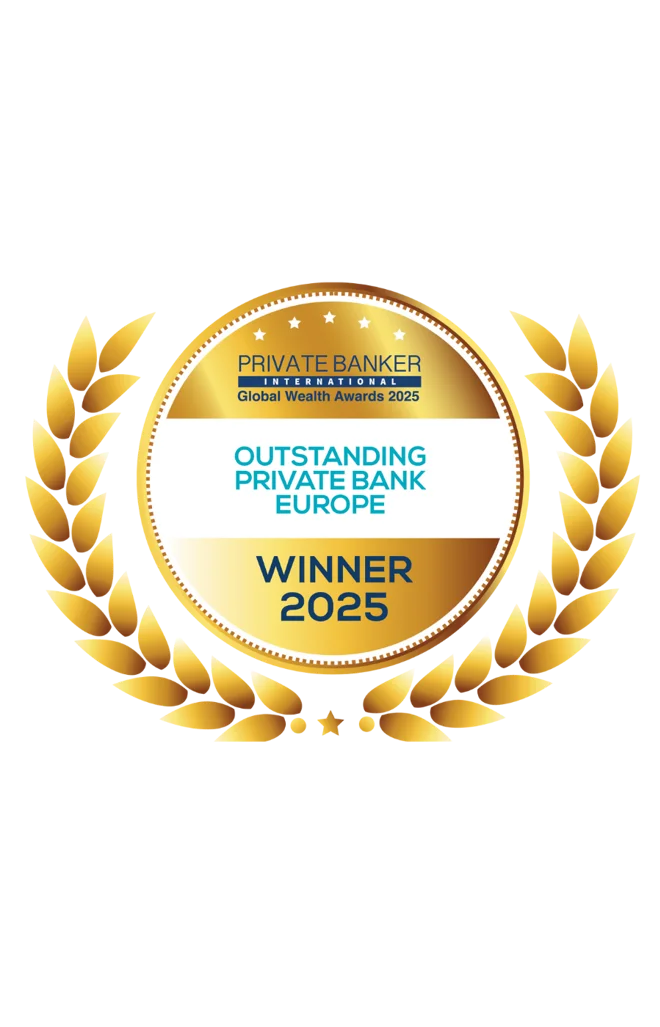The arrival of spring means one can spend extra time exercising outdoors (at least when the weather cooperates). While one doesn’t need to run a marathon to get back in shape, we think active portfolio management is more like a long jog than a short sprint – the key is keeping the right pace. Being active requires discipline and effort. In finance, like in sports, it’s not easy. Take Peter Lynch, who grew the then-obscure Magellan Fund, which only had $18 million in assets in 1977, to $14 billion with more than 1,000 individual stock positions when he left in 1990: “If you’re terrific in this business, you’re right six times out of ten”. Yet, activity, in the correct dose, can pay off and help capture opportunity and mitigate risk.
A key pillar of our investment philosophy is active portfolio management. There’s no single definition and it’s all about keeping a healthy balance. If you become hyperactive, you risk shifting back and forth for nothing, just piling up transaction costs in the process. However, if you become too passive or even static, you fail to adjust portfolios to changing market conditions.
Below, I explore the three layers of our active investment process:

Daniele Antonucci
Co-Head of Investment & Chief Investment Officer1. A dynamic asset allocation that adjusts to long-term shifts in risk and return
I wrote about this in my previous blog: the cornerstone of our investment approach is ensuring that portfolios are well-diversified by exposing them to a diverse range of assets that perform differently in different scenarios. This can contribute to reduce portfolio volatility and potentially help them perform better than strategies narrowly focused on just a handful of asset classes and geographies.
Our strategic asset allocation reflects these concepts. We’re long-term investors across the major regions and asset classes. The important thing is the mix. We aim to blend funds, stocks, bonds and other instruments in an optimal way, based on the expected risks and returns of those asset classes.
Strategic asset allocations tend to be static in the financial industry. This means that they reflect a constant proportion of, say, stocks and bonds. Imagine that, given an investor’s long-term financial objectives and a set of assumptions on risk and return, the mix that looks right is fifty-fifty. This 50% allocation to stocks and 50% to bonds will remain the same regardless of market conditions.
The idea behind keeping things static is that long-term strategic asset allocations offer nothing more than a benchmark to beat by increasing or decreasing the investment in different asset classes over the short term and selecting the right instrument. However, we disagree with this approach. We see significant value in the strategic asset allocation itself, as it represents the bulk of expected future returns.
The value is in how we mix the asset classes and how this mix shifts over time. This is why our strategic asset allocation is dynamic. When we believe risks are low and return opportunities are high, we increase the share of risky assets such as equities. And, vice versa, when we think risks are high and return opportunities are low, we invest more in safer assets such as quality bonds. However, in both cases, we never invest so much either way that it alters an investor’s long-term risk and return objectives.
2. A tactical investment strategy that captures short-term market changes
In our view, the long-term strategic asset allocation is the primary tool for helping investors achieve their financial goals over an extended period. But that’s not the whole story. We also run a tactical investment strategy that adjusts a portfolio’s asset mix based on considerations over the next 6-12 months.
We use a tactical asset allocation to take advantage of market trends or economic conditions by actively shifting a portfolio’s allocations across or within asset classes. We can also use it to exploit temporary valuation imbalances or other inefficiencies in specific markets.
However, tactical shifts made with the expectation of exploiting short-term market moves are easier said than done. You need to ensure that your shifts are significant enough to influence the portfolio, but not so large that you’re overly dependent on them for positive portfolio performance. In other words, put enough eggs in the basket, but not all of them.
Of course, activity doesn’t mean buying and selling continuously. Sometimes, the best active decision is staying the course. So, while we believe activity is important to deliver the best risk-adjusted returns, it’s not about activity for activity’s sake and the key is to maintain a healthy balance between doing too little and too much.
3. Implementing short- and long-term strategies through active portfolio construction
Portfolio construction is about populating an asset allocation with the right investment instruments. So, in the context of portfolio construction, active investing means changing the investment in these instruments when we think it will help investors better achieve their financial goals.
Take our flagship portfolios, for example. Typically, around half of the portfolio will have active exposures in funds, stocks and bonds. They aim to beat the market. We mainly use active instruments in markets that are less efficient or where we believe particular active managers have an advantage. These instruments tend to populate our long-term, strategic asset allocation.
Within funds, the bulk of our active exposure is made of Quintet’s multi-manager funds, which we designed with Blackrock (known as our QMM funds). These actively managed, single-asset class funds are available exclusively to our clients. Each fund blends a selection of third-party managers that we believe will support portfolio performance and enhance diversification.
Our global portfolio of single stocks, together with our sovereign bond portfolio, makes up the rest of our active holdings in flagship portfolios. Within stocks, we typically invest in quality US and European companies with strong balance sheets, pricing power and competitive positions, of course keeping an eye on valuations. By selecting these types of companies, our aim, as with the QMM funds, is to beat the broader market and deliver consistent returns to our clients.
We invest the other half of our flagship portfolios’ allocation in passive instruments, like exchange-traded funds (ETFs) or index funds. These are passive in the sense that they simply aim to track the markets they represent, but we make active decisions on which funds to select, their weight in the portfolio and how long we hold them for. Generally, but not exclusively, we use passive instruments to implement shorter-term investment decisions (our tactical asset allocation).
The reason we use passive instruments is that they provide us with a much cheaper and efficient way of accessing the market. Passive instruments also tend to have lower tracking-errors. In other words, they track the market’s actual performance more closely than active funds, which are trying to beat the market.
This makes them good tools to use when we believe a particular asset class or region will outperform in the short term, to get an accurate exposure to that asset class or region. For example, if assume we believe global small-cap equities will outperform the broader equity market. In that case, we’ll make an active decision to invest in a passive tracking fund of global small-cap equities, like an ETF.
We take time to listen
Thank you for reading our house view.
Please contact us if you have any questions, remarks or suggestions regarding this update.
Take a look at our other publications below:
Always there for you wherever you are
At Quintet, we pride ourselves on being small enough to really get to know you, yet big enough to give you easy access to the best the world of finance has to offer. Whatever your needs, we will provide objective insights, advice, products and services tailored to your personal goals. And with offices in 30+ cities across Europe and the UK we are always there for you wherever you are. Why not come and talk with us today?
This document is designed as marketing material. This document has been composed by Quintet Private Bank (Europe) S.A., a public limited liability company (société anonyme) incorporated under the laws of the Grand Duchy of Luxembourg, registered with the Luxembourg trade and company register under number B 6.395 and having its registered office at 43, Boulevard Royal, L-2449 Luxembourg (“Quintet”). Quintet is supervised by the CSSF (Commission de Surveillance du Secteur Financier) and the ECB (European Central Bank).
This document is for information purposes only, does not constitute individual (investment) advice and investment decisions must not be based merely on this document.
Whenever this document mentions a product, service or advice, it should be considered only as an indication or summary and cannot be seen as complete or fully accurate. All (investment) decisions based on this information are at your own expense and at your own risk. It is up to you to (have) assess(ed) whether the product or service is suitable for your situation. Quintet and its employees cannot be held liable for any loss or damage arising out of the use of (any part of) this document. All copyrights and trademarks regarding this document are held by Quintet, unless expressly stated otherwise. You are not allowed to copy, duplicate in any form or redistribute or use in any way the contents of this document, completely or partially, without the prior explicit and written approval of Quintet. See the privacy notice on our website for how your personal data is used (https://www.quintet.com/en-gb/gdpr).
The contents of this document are based on publicly available information and/or sources which we deem trustworthy. Although reasonable care has been employed to publish data and information as truthfully and correctly as possible, we cannot accept any liability for the contents of this document.
Investing involves risks and the value of investments may go up or down. Past performance is no indication of future performance. Any projections and forecasts are based on a certain number of suppositions and assumptions concerning the current and future market conditions and there is no guarantee that the expected result will ultimately be achieved. Currency fluctuations may influence your returns.
The information included is subject to change and Quintet has no obligation after the date of publication of the text to update or inform the information accordingly.
Copyright © Quintet Private Bank (Europe) S.A. 2024. All rights reserved. Privacy Statement










